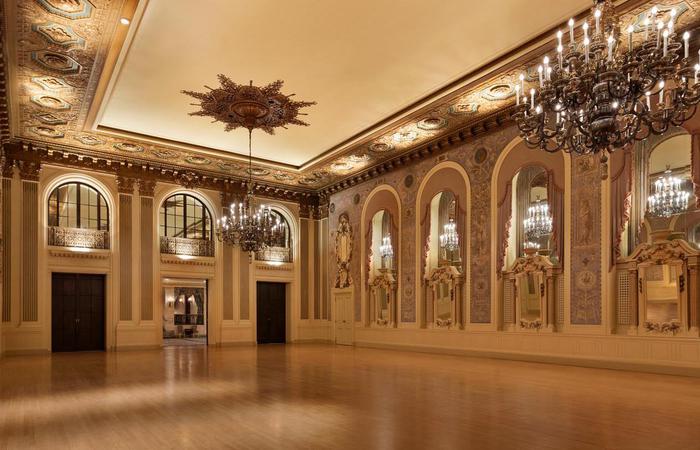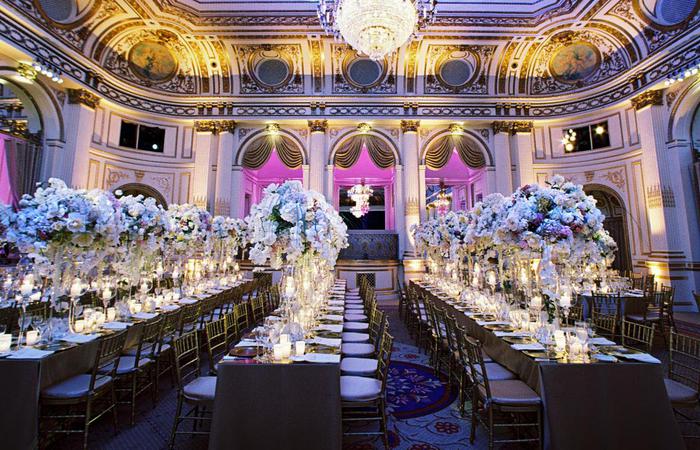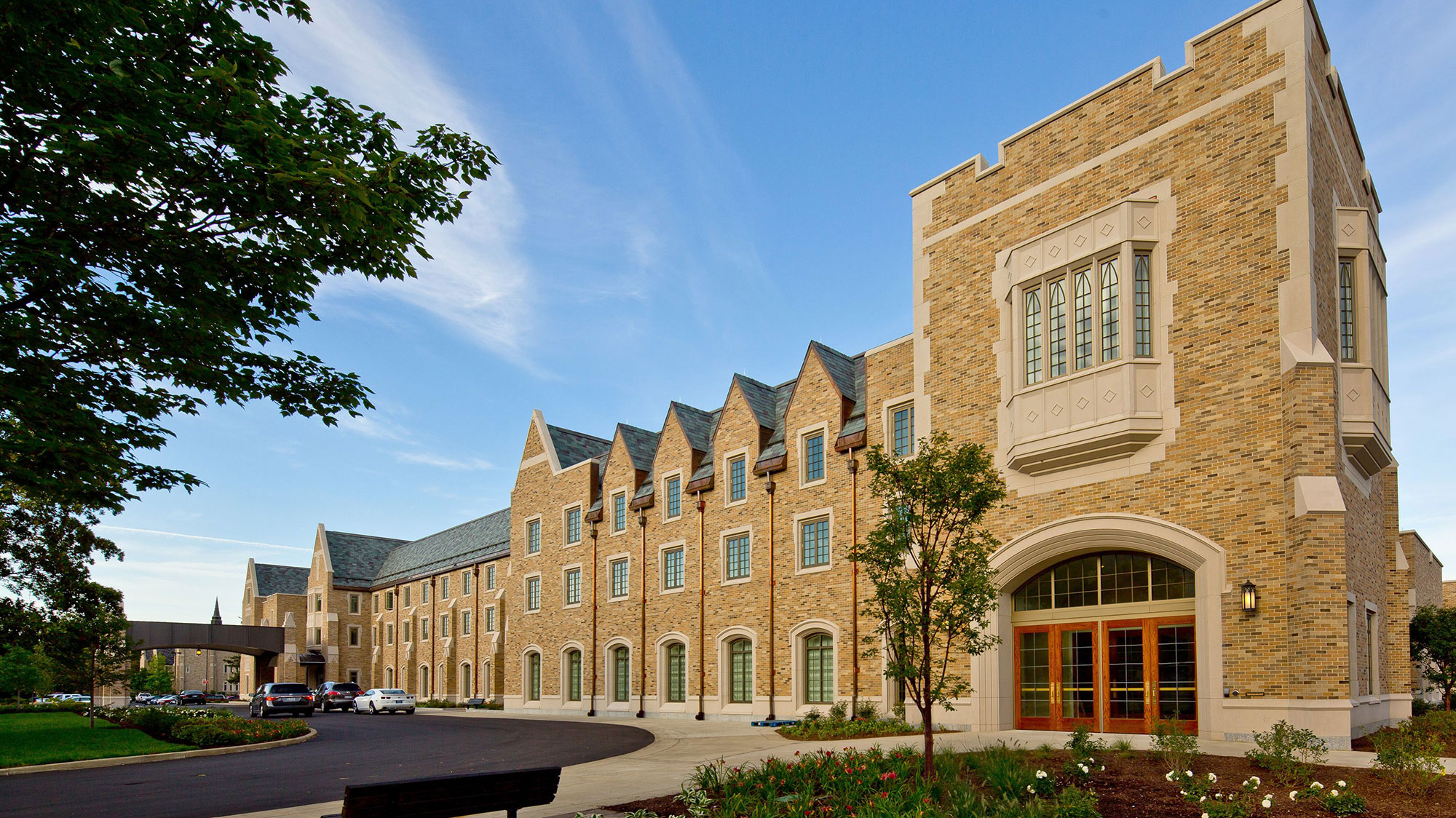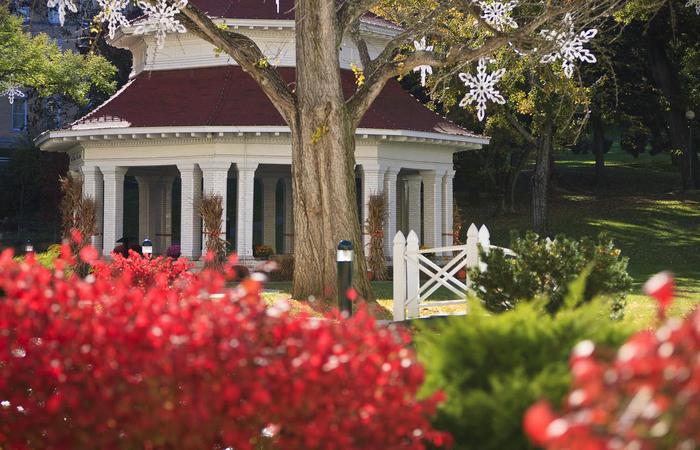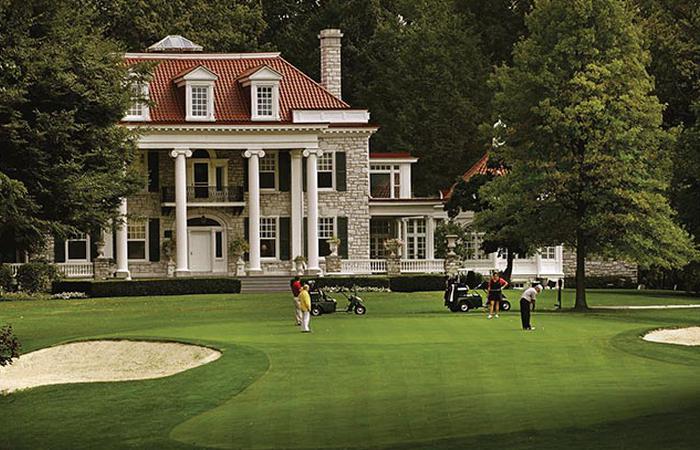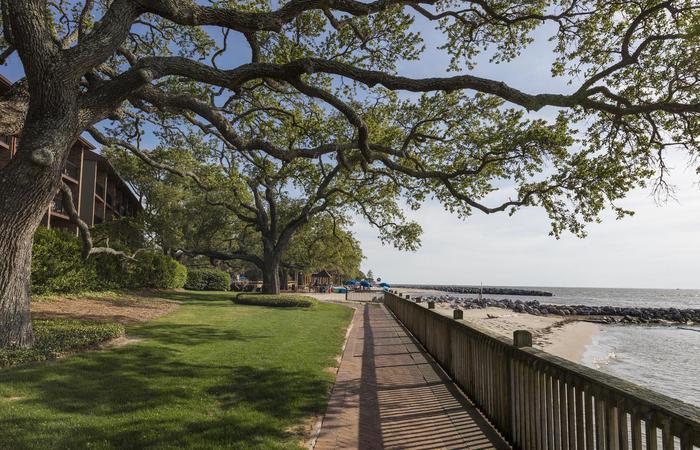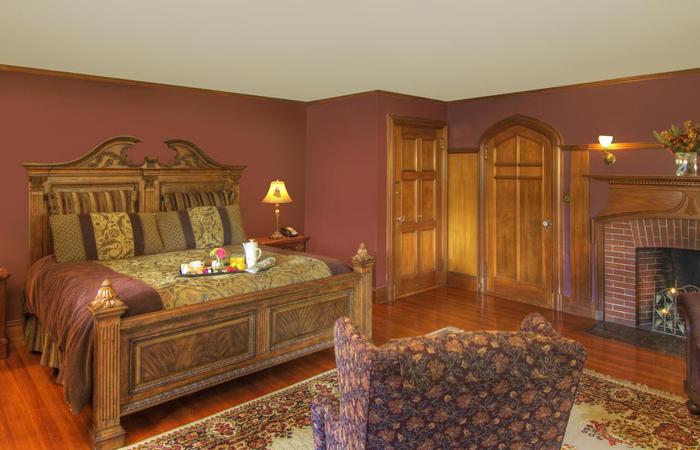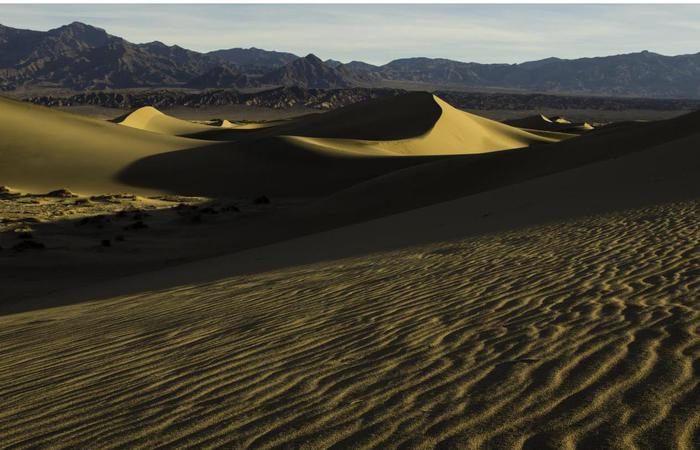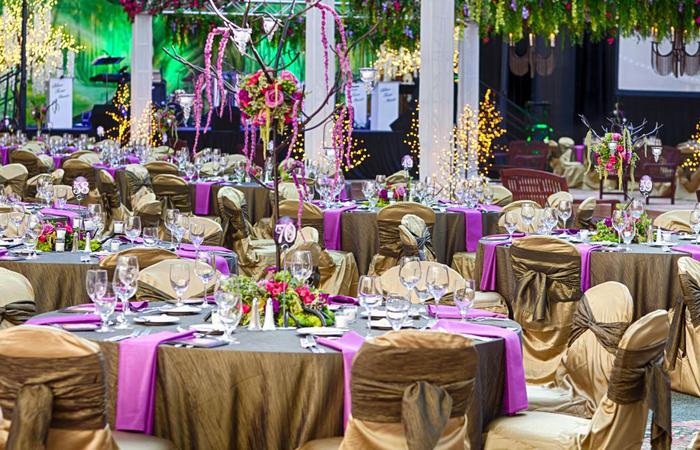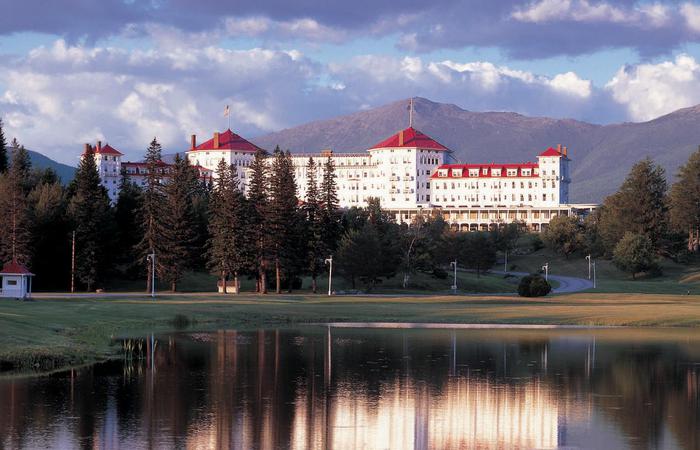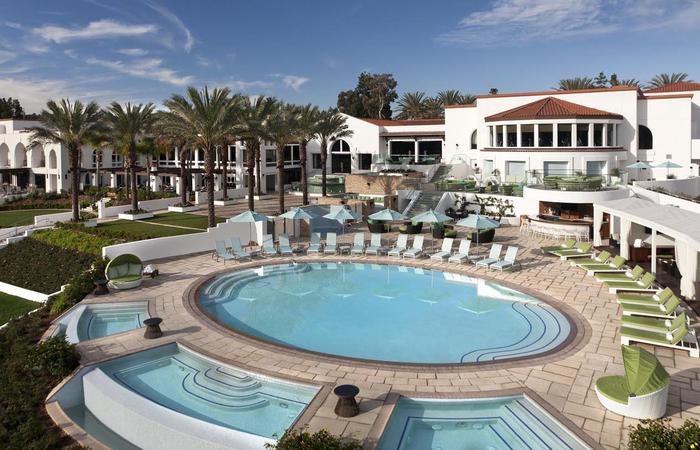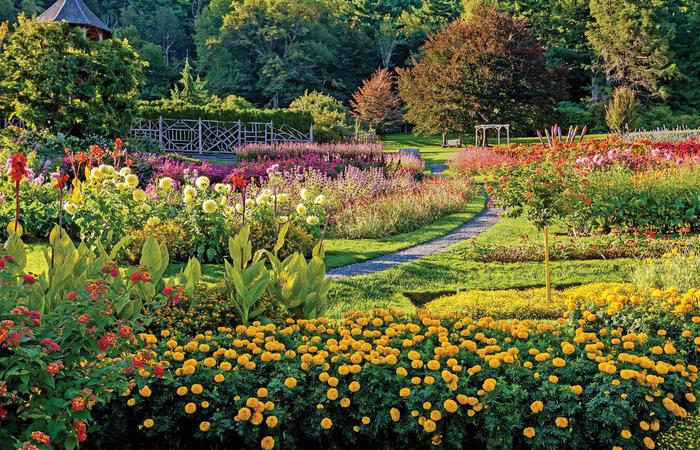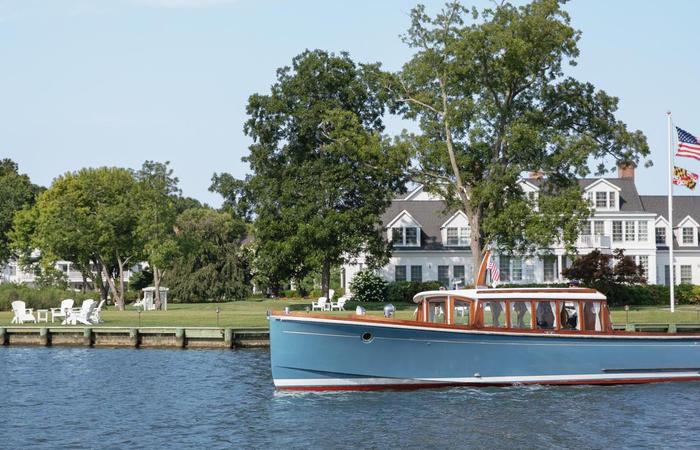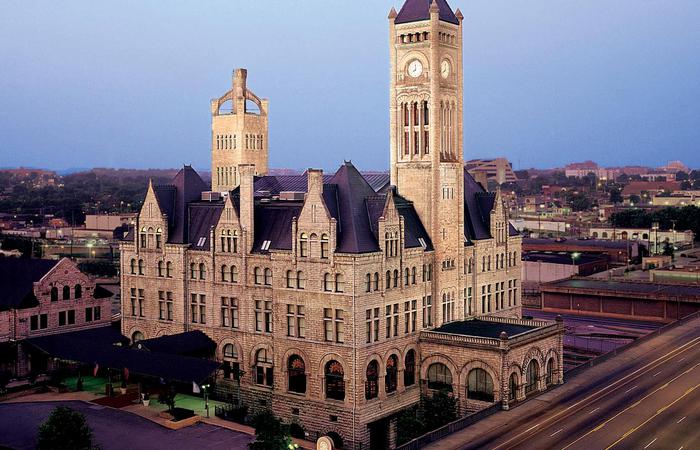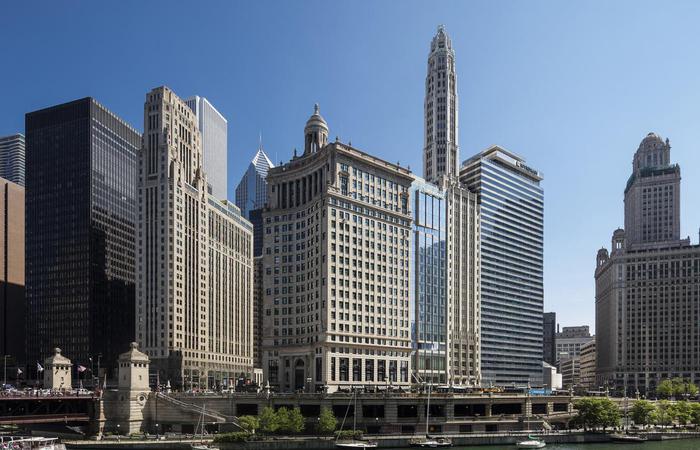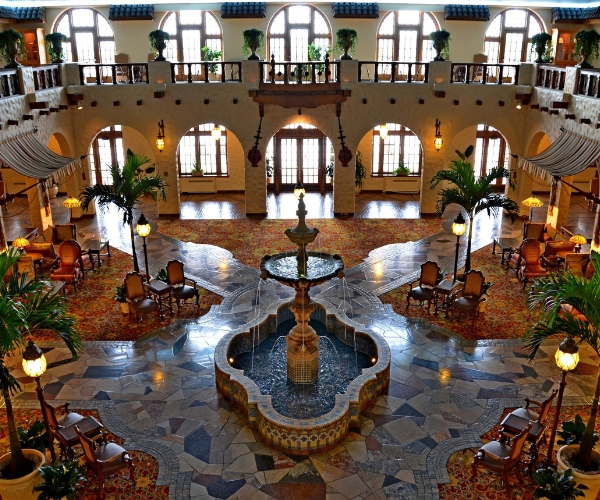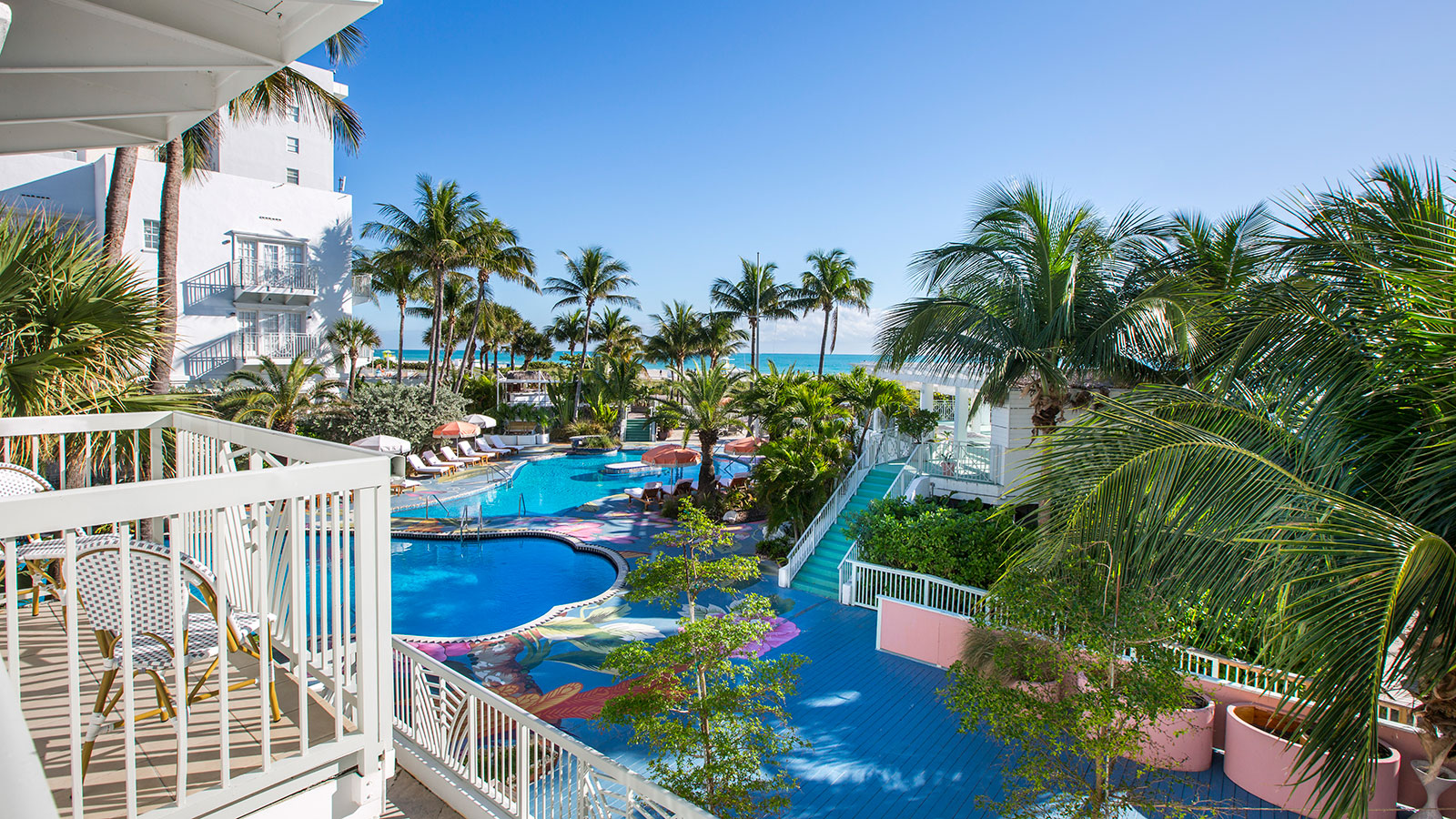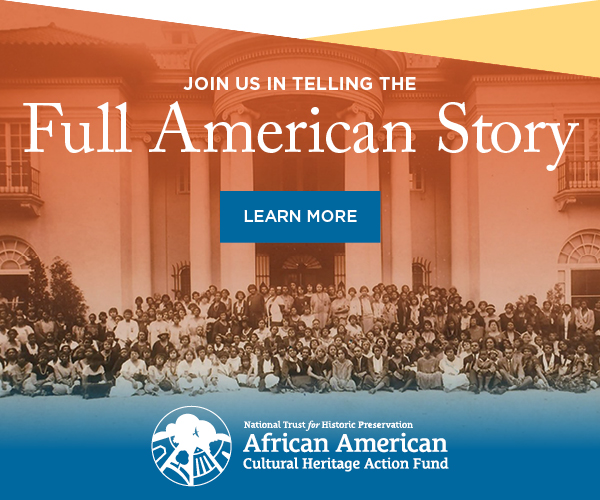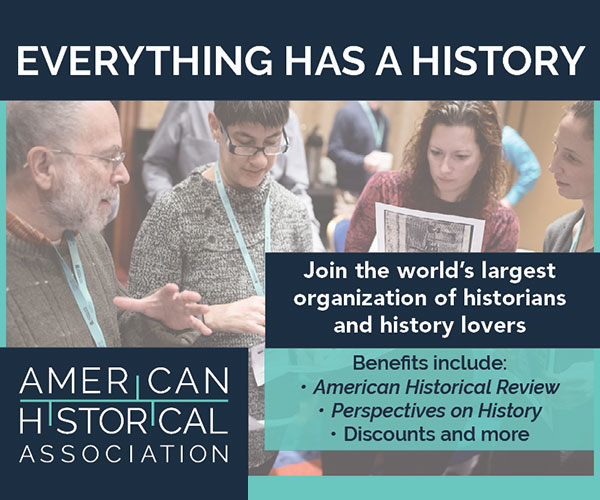Receive for Free - Discover & Explore eNewsletter monthly with advance notice of special offers, packages, and insider savings from 10% - 30% off Best Available Rates at selected hotels.
history
Discover Mountain Lake Lodge, the film setting for the iconic Hollywood cult classic, Dirty Dancing.
Mountain Lake Lodge, a member of Historic Hotels of America since 2025, dates to 1851.
VIEW TIMELINE
History of Mountain Lake Lodge.
Discover the history of how Mountain Lake Lodge came to be.
WATCH NOWHidden high up in the Allegheny Mountains of southwestern Virginia, the charming Mountain Lake Lodge has welcomed countless guests through its doors for the better part of three centuries. However, the story of this fantastic holiday destination does not begin with the lodge, but the neighboring lake that has served as its namesake. Formed approximately 6,000 years ago, the first written account of Mountain Lake appeared following Euro-American exploration to the region during the mid-18th century. More specifically, explorer Christopher Gist stumbled onto the site in 1751, describing it as a “relatively small” body of water surrounded by meadows. The lake subsequently acted as a regional landmark over the ensuing years, becoming a pit stop for adventurous pioneers as they made their way further inland through the rugged alpine terrain. But by the early 19th century, Mountain Lake had begun to earn a reputation as a quaint tourist attraction due to its relaxing, temperate waters and pristine landscape. Henley Chapman, an entrepreneurial lawyer, recognized the area’s rising popularity in turn, and proceeded to buy all the land for use as a stagecoach stop amid the 1820s. The investment proved to be a wise one, as Chapman’s quaint haven surged in popularity. Seeking to capitalize on this development, Chapman eventually decided to renovate his facility into an actual inn, organizing it under a corporation known as the “Mountain Lake Co.” in 1851.
Chapman and his family then continued to run the business for the next few years until German immigrant Herman Haupt acquired the entire site on the eve of the American Civil War. Renaming the structure as the “Mountain Lake Lodge,” Haupt managed to continue preserving its prestigious identity before he sold it to the Potterfield family. As the 20th century dawned, the lodge began to attract vacationers seeking a respite from the summer heat in the cool mountain air. Among the patrons to visit at the time was a young William Lewis Moody Jr., who would go on to obtain the historic Mountain Lake Lodge as an adult. Having come to adore the site during his youth, Moody yearned to protect it for future generations to appreciate. In 1930, he thus bought the facility and initiated a comprehensive renovation that saw marvelous amenities debut throughout the grounds. Among the most stunning achievements the project accomplished was the revitalization of the main historic hotel—referred to as the “Chestnut Lodge”—which Moody had redesigned with gorgeous aesthetics inspired by the Arts and Crafts movement. Like Chapman before, Moody’s work managed to enhance the appeal of Mountain Lake Lodge. Hundreds of new guests flocked to the facility as such, including people from all kinds of economic backgrounds. Even students from the University of Virginia stayed frequently, leading to the institution opening the revered Mountain Lake Biological Station nearby.
Then in 1954, William Lewis Moody passed away, leaving the Mountain Lake Lodge in the capable hands of his daughter, Mary Moody Northern. Northern would expertly oversee the operations of the complex for the next three decades, ensuring that its prestigious level of service remained well intact. The best tribute to her masterful stewardship was the decision of director Emile Ardolino to use Mountain Lake Lodge as the primary filming location for the cult classic movie Dirty Dancing. Posing as the fictional “Kellerman’s Mountain Resort,” the entire facility served as the actual backdrop for where the characters memorably portrayed by Patrick Swayze and Jennifer Grey fell in love. The film’s success brought a massive wave of attention to Mountain Lake Lodge, permanently transforming it into a national pop culture icon. Despite its Hollywood ties, Mountain Lake Lodge has nonetheless retained its rustic ambiance and tranquility. Much of its continued prosperity has been thanks to the dedicated attention of the Mary Moody Northern Endowment, as well as longtime President and CEO, Heidi Stone. Mountain Lake Lodge is truly more than a resort—it is a living chronicle of Appalachian history, geology, and culture. From its early days as a stagecoach stop to its role in Hollywood history, the lodge has adapted to changing times while preserving the essence of what makes it special: the beauty of the mountains, the serenity of the lake, and the warmth of its hospitality.
-
About the Location +
Mountain Lake Lodge resides within the verdant George Washington & Jefferson National Forests. Spanning for a combined 1.8 million acres, the two forests constitute one of the largest blocks of public land in the eastern United States. The forests are not only ecological treasures but also repositories that chronicle centuries of human activity. For instance, the area that now comprises the forests was once home to various Native American tribes, including the Monacan, Cherokee, and Shawnee. Those groups traversed the neighboring Shenandoah Valley and surrounding highlands, hunting wildlife, gathering plants, and establishing trade routes. European colonization began during the 18th century, with Scotch-Irish and German immigrants settling in the smaller valleys and hollows. These settlers cleared the dense wilderness for farming and built homesteads, often relying on the remaining woodland expanses for timber, game, and water. Then in the late 19th century, congressional representatives started to pursue the idea of preserving the area’s landscape as part of a larger national trend to promote public conservation. This was the Organic Act of 1897, which laid the groundwork for the U.S. Forest Service, and Congress mandated to protect the country’s forest reserves. With this legislation firmly established, the U.S. Congress charted the George Washington National Forest on May 16, 1918, although under the name “Shenandoah National Forest.” (It would later be renamed after the first U.S. President, George Washington, during the early 1930s.)
The Jefferson National Forest then followed in 1936, formed from parts of the Unaka and George Washington forests. But in 1995, both forests were eventually combined administratively to streamline their management and ongoing conservation efforts. Despite the merger though, each forest has since retained its unique character and history. Both regions encompass a diverse range of ecosystems, from high-elevation spruce-fir forests to lowland hardwoods. Furthermore, over 230,000 acres are designated as “old growth” forest, providing a critical environment for preserving biodiversity. The area is even home to more than 50 species of trees, as well as 2,000 kinds of shrubs and herbaceous plants. In addition, the George Washington & Jefferson National Forests contain numerous cultural sites of great historical significance, such as the Roaring Run Furnace. Built in 1832, the facility was originally connected to a large network of local pig-iron furnaces that were in operation right through the American Civil War.
While only remnants of Lignite still survive in the Jefferson National Forest, the greater site continues captivating the imaginations of many visitors who make the trek to discover it. The George Washington and Jefferson National Forests are a haven for outdoor enthusiasts. They boast over 2,000 miles of hiking trails—including segments of the Appalachian Trail—and offer opportunities for camping, fishing, mountain biking, and wildlife observation. Notable natural landmarks include Mount Rogers, Virginia’s highest peak, and Whitetop Mountain, known for its panoramic views. The forests are part of several Wilderness Areas, where development is prohibited to preserve natural conditions. These areas, such as the Rich Hole Wilderness and Mount Pleasant National Scenic Area, offer a chance to experience nature in its most pristine form.
Managing such a vast and varied landscape is no small task. The U.S. Forest Service operates under a multiple-use mandate, balancing recreation, conservation, timber harvesting, and other uses. Public involvement has since remained a key component of its conservation practices, with stakeholders ranging from local communities to national environmental organizations. In the end, the George Washington and Jefferson National Forests remain a model of sustainable land management. They serve as living laboratories for ecological research, classrooms for environmental education, and sanctuaries for those seeking connection with the natural world.
-
About the Architecture +
The current iteration of the Mountain Lake Lodge is among the best surviving examples of Arts and Crafts-style architecture in all of Virginia. Arts and Crafts architecture itself originates to two English reformers from the Victorian era—John Ruskin and William Morris. With the proliferation of urban sprawl created during the Industrial Revolution, the two men yearned to find some kind of antidote to remedy the situation. Morris, an architect, suggested creating a new architectural style of handcrafted designs that harkened back to a time before the ubiquity of machines. As Morris and his colleagues expressed, the contemporary style would focus more on the quality of the work, rather than the mass-produced tastes of industrialization. Furthermore, Morris envisioned his rustic aesthetic to serve working-class families, as both the building materials and floorplans would emphasize a pleasant mixture of detail and simplicity. As such, much of Morris’ earliest designs involved the creation of residential homes, specifically a new kind called the “bungalow.” Those new structures often used real wood, brick, or stone so that the supporting beams were exposed reminiscent of Tudor Revival structures.
Low-pitched roofs hung from the top of the buildings, while a gorgeous porch usually wrapped around the front façade. Inside, the structural layout often rejected conventional Victorian design practices by being open and spacious. Morris also encouraged the development of built-in furniture and light fixtures, which ensure a beautiful marriage of economic utility and imagination. A massive fireplace even anchored the main living room, since the family served as the main source of inspiration for the Arts and Crafts movement. Morris’ philosophy became so popular that it found a ready audience in North America around the beginning of the 20th century. Homes and small businesses continued to serve as the main type of structure for Arts and Crafts architecture, although a few churches and municipal buildings appeared using the style, too. The rustic nature of Arts and Crafts architecture even moved the nascent National Park Service to develop its own exclusive architectural theme for all the inns and lodges it planned to open at the time! The Arts and Crafts Movement nonetheless started to dissipate in the years following World War I, before nearly disappearing entirely around the start of the Cold War. Still, Arts and Crafts design has since remained one of the most iconic architectural movements in the United States, with dozens of buildings created in the style listed on the National Register of Historic Places.
-
Famous Historic Events +
Filming Dirty Dancing (1986): In the 1980s, a low-budget film with no major stars moved its way into the hearts of millions. The movie, Dirty Dancing, was more than just a romantic drama—it was a cultural phenomenon that captured the spirit of a bygone era. Set during the summer of 1963, the film told the story of Frances “Baby” Houseman, a privileged young woman who dramatically fell in love with a working-class dance instructor named Johnny Castle. But beneath its memorable choreography and thrilling soundtrack resided a deeper narrative about class, gender, and the transformative power of self-expression. Even the backdrop of the story served to bolster those themes, as America was on the cusp of profound social changes around the time of the movie’s setting. Indeed, the Civil Rights Movement was then gaining serious momentum, resulting in the collapse of a rigid national hierarchy that had been fixed for decades. Dirty Dancing took place precisely at this inflection point—right before the countercultural revolution took full swing. Eleanor Bergstein, the film’s screenwriter, drew heavily from her own life to develop the film, as well. Like the character “Baby,” she was the daughter of a doctor, spent summers in upstate New York, and was passionate about dance. The character of “Johnny” in turn was inspired by the dance instructors she had encountered—charismatic, talented, and often from vastly different social backgrounds.
Bergstein’s script was initially met with skepticism though, as studios were unsure of how to market a film that blended romance, social commentary, and pop culture. But Vestron Pictures, a small independent company, took a chance. Filming began in Lake Lure, North Carolina, and Mountain Lake, Virginia, during the fall of 1986, with each location's landscape replicating the geography of the prominent Catskill Mountains. In fact, director Emile Ardolino even decided to use Mountain Lake’s Mountain Lake Lodge as the stand-in for the film’s fictitious “Kellerman’s Mountain Resort.” However, the movie’s production was plagued by various challenges: sweltering heat, no real resources, and palpable tension between the leads. Patrick Swayze and Jennifer Grey, who played Johnny and Baby respectively, had previously clashed on the set of Red Dawn, and their chemistry was strained due to the experience. Yet, paradoxically, it was this tension that added authenticity to their on-screen relationship. As the characters grew closer, so did the actors, culminating in one of the most memorable romantic pairings in film history. Meanwhile, the soundtrack became a sensation, with songs like “Hungry Eyes,” “She’s Like the Wind,” and the Oscar-winning “(I’ve Had) The Time of My Life” turning into instant classics. The final dance scene, set to “Time of My Life,” emerged as an iconic moment in cinematic history, too, vividly symbolizing liberation and trust.
Expectations were initially modest when Dirty Dancing was released in August 1987, but word-of-mouth advertising quickly made it a sleeper hit. Amazingly, the movie soon grossed over $214 million worldwide on just a $6 million budget, eventually becoming the first film to sell more than a million copies on home video. Critics were also divided at first, with some dismissing it as formulaic, while others praised its heart and sincerity. Nevertheless, the film’s reputation flourished rapidly, and it is now widely regarded as a masterpiece among industry professionals and ordinary moviegoers alike. For instance, the film’s legacy has proved to be incredibly robust, having inspired a stage musical, a 2004 prequel (Dirty Dancing: Havana Nights), and a 2017 television remake. But none have captured the magic of the original. The movie’s influence can be seen in countless dance films and romantic dramas that followed, encouraging the widespread adoption of dance as an effective narrative tool. More importantly, Dirty Dancing remains a touchstone for generations of viewers who see in Baby and Johnny’s story their own hopes and fears. In the end, Dirty Dancing is more than a nostalgic trip to the past. It is a celebration of courageously connecting across social boundaries, speaking out against injustice; and simply enjoying life.
-
Famous Historic Guests +
Patrick Swayze, actor known for his roles in films like Dirty Dancing, Road House, and Ghost.
Jennifer Grey, actress known for her roles in films like Dirty Dancing, Reckless, and Ferris Bueller’s Day Off.
Jerry Orbach, actor and singer best remembered for playing Detective Lennie Briscoe in the series Law & Order.
Cynthia Rhodes, actress known for her roles in films like Dirty Dancing, Flashdance, and Staying Alive.
-
Film, TV and Media Connections +
Dirty Dancing (1987)


